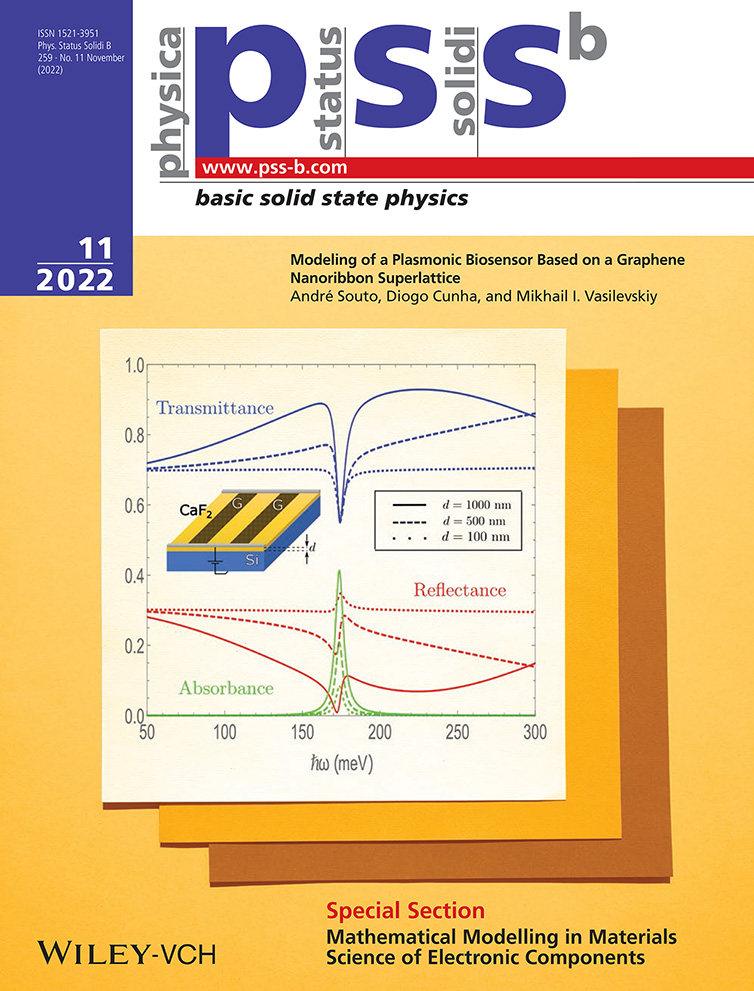Calculations of the Structural, Electronic, Optical, and Elastic Parameters of CdSiX2 (X = P, As) Compounds Based on First-Principles Theory
Abstract
Density functional theory is used to investigate the structural, electronic, optical, and mechanical aspects of the chalcopyrites CdSiP2 and CdSiAs2 using both the generalized gradient approximation and the local density approximation. The substitution of As for P alters the lattice constants, elastic constants, and dielectric characteristics considerably. The theoretical calculations correspond reasonably well with experimental data and other theoretical computations. The results of the electronic band structure analysis indicate that all of the compounds investigated are semiconductors with direct bands located at the Γ point. CdSiP2 possesses the highest elastic constants and bulk modulus, whereas CdSiAs2 has the highest values of shear modulus and Young's modulus. Moreover, specific focus is also given to obtaining the orientation-dependent linear compressibility and Young's modulus. In bulk, CdSiP2 and CdSiAs2 are isotropic, although their Young's modulus is anisotropic. In addition, the optical response of the compounds is examined in the energy range of 0–14 eV in terms of dielectric functions, optical reflectivity, refractive index, extinction coefficient, optical conductivity, and electron energy loss. The computed optical results indicate that all compounds exhibit optical polarization anisotropy, making them suitable for optoelectronic devices.
Conflict of Interest
The authors declare no conflict of interest.
Open Research
Data Availability Statement
The data that support the findings of this study are available from the corresponding author upon reasonable request.




